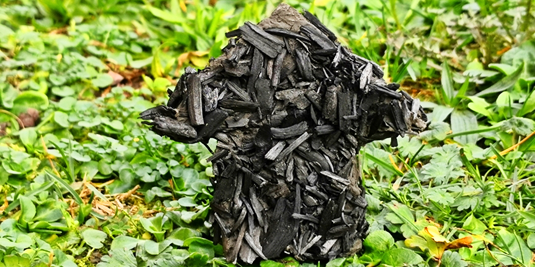Plant-based insulation as a CO2 sink?

Empa researchers want to develop a new type of insulating material from plant-based raw materials from waste, WHICH permanently binds the CO2 it contains by means of a special heat treatment - and thus acts as a CO2 sink. After the buildings have been deconstructed, this "plant carbon" together with the CO2 bound in it can be used in agriculture to increase the fertility of the soil.
The building sector is responsible for 40% of global energy consumption, 30% of greenhouse gas emissions and 36% of waste in the EU. Energy efficiency measures have reduced emissions in operations. Material production remains an underestimated source. “Grey” emissions from modern buildings are comparable to operational emissions. Building materials that sequester CO2 over the long term reduce the ecological footprint.
How CO2 can be sequestered in the long term
Empa is developing new insulation materials for buildings that can sequester CO2 in the long term. Plant waste products from agriculture and forestry are processed into insulating materials and fixed during a heat treatment. This “plant carbon” remains fixed during the life of the building and can be directly introduced into fields when the building is deconstructed, where it increases the fertility of the soil and remains stable. This is in contrast to other building materials, such as wood or cellulose insulation, which release the stored CO2 when they rot or are thermally recycled.
Physicist Wernery from Empa is conducting research with his group and the ZHAW on insulating materials made from plant carbon. The insulation material must be thermally insulating, fireproof and suitable for later use as fertiliser. Plant carbon insulation could improve Switzerland’s CO2 balance by a good 1% by replacing insulating materials such as EPS or mineral wool with plant carbon. This would save half a million tonnes of CO2 equivalents annually by avoiding emissions from the production of conventional insulation materials and by storing CO2 in the plant carbon over the long term.
Financial support – from several sources
Wernery receives financial support for his promising concept from funding institutions such as the Minerva Foundation, the ETH Board and the Swiss Federal Office of Energy. The climate fund from the Winterthur municipal utility has made a contribution to the development of the basic principles, which comes from voluntary contributions from customers who purchased two centimes per kilowatt hour of electricity.